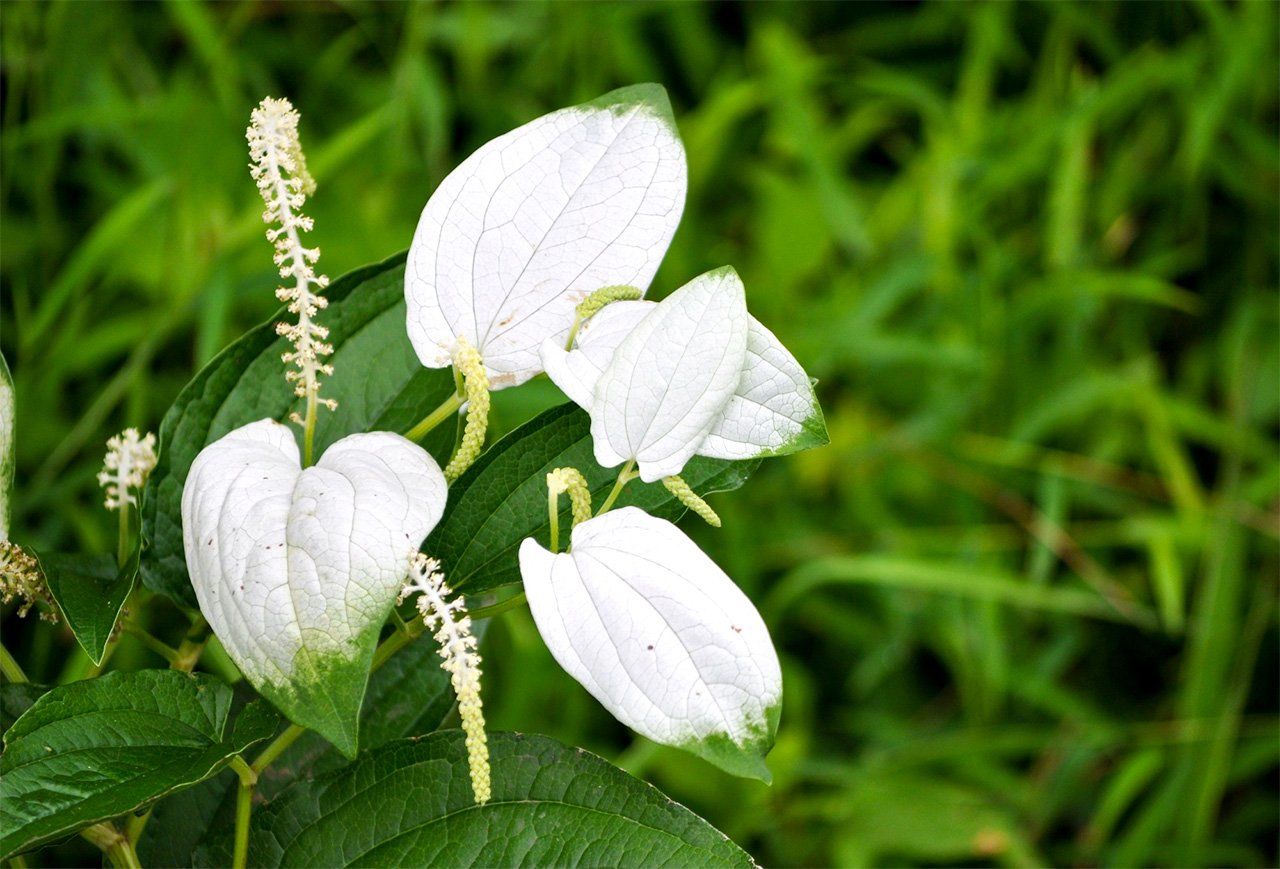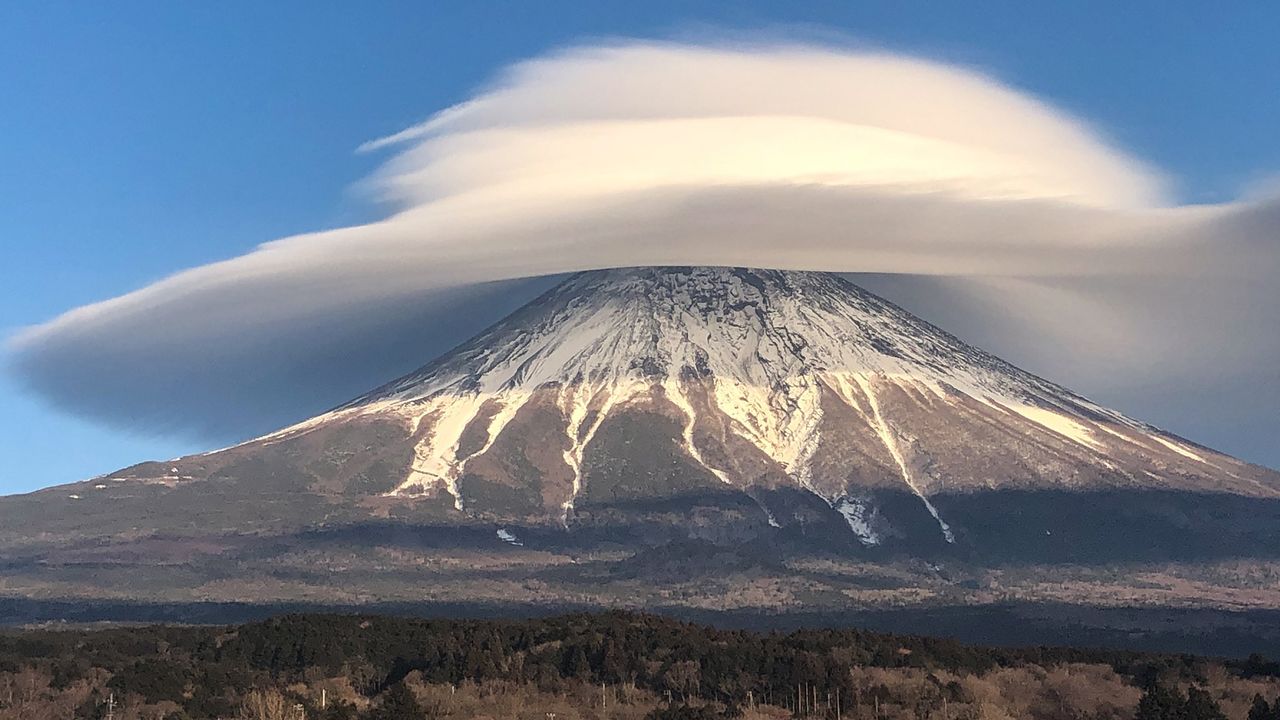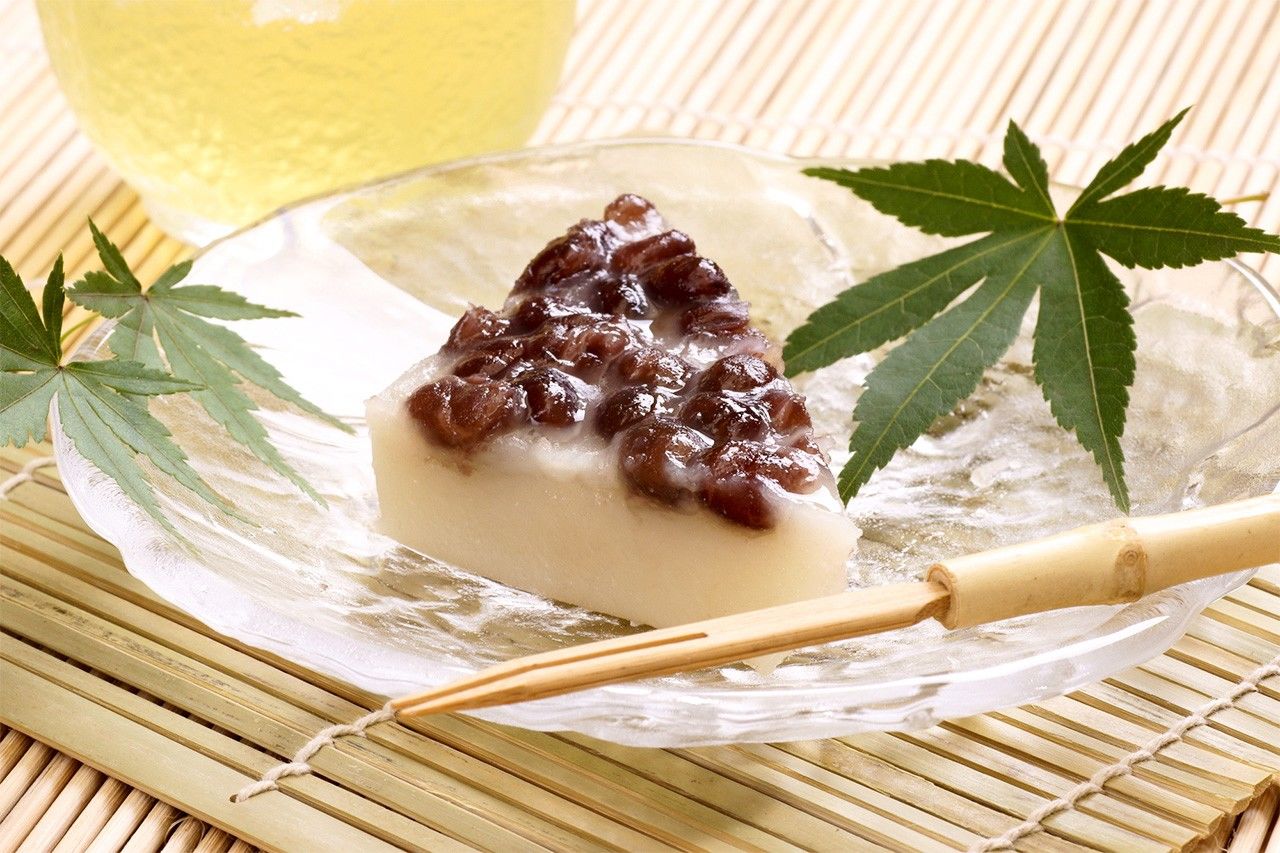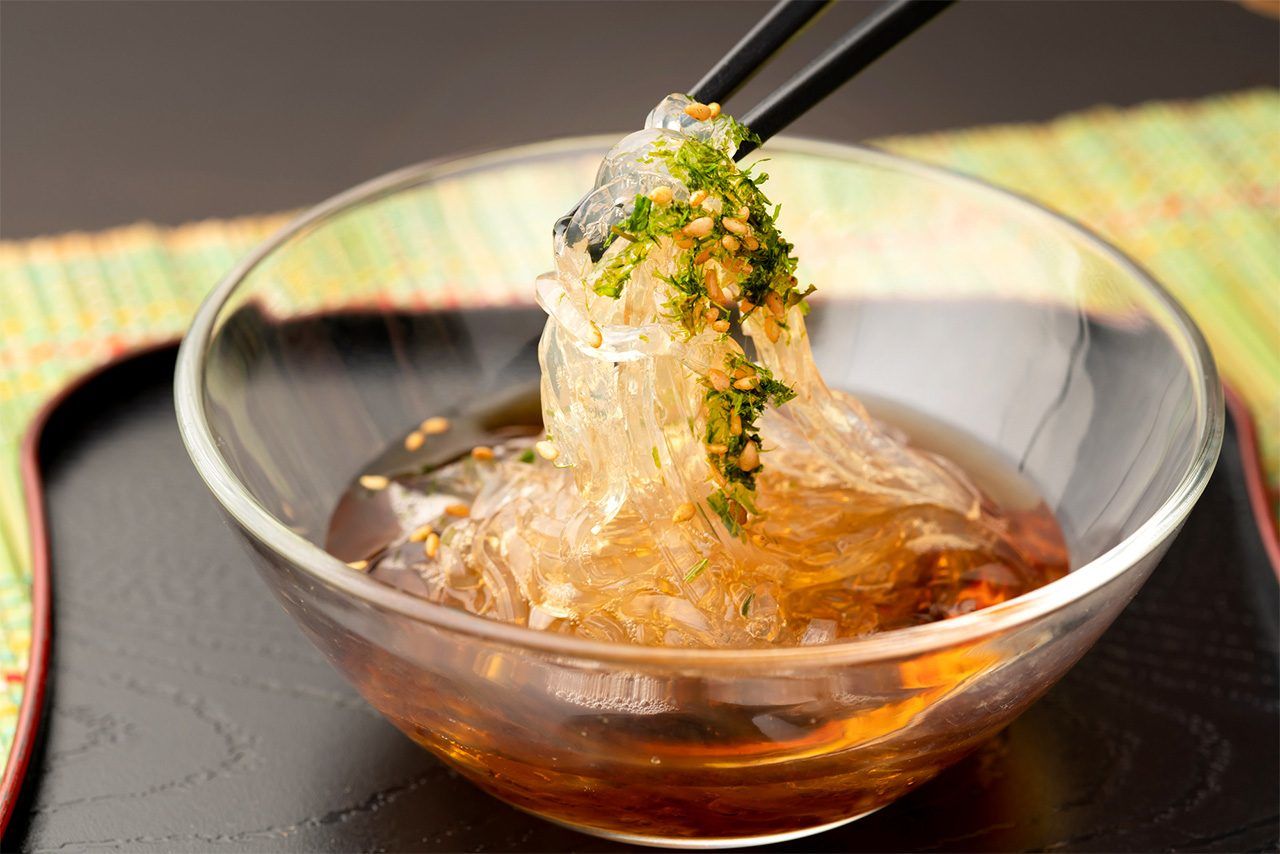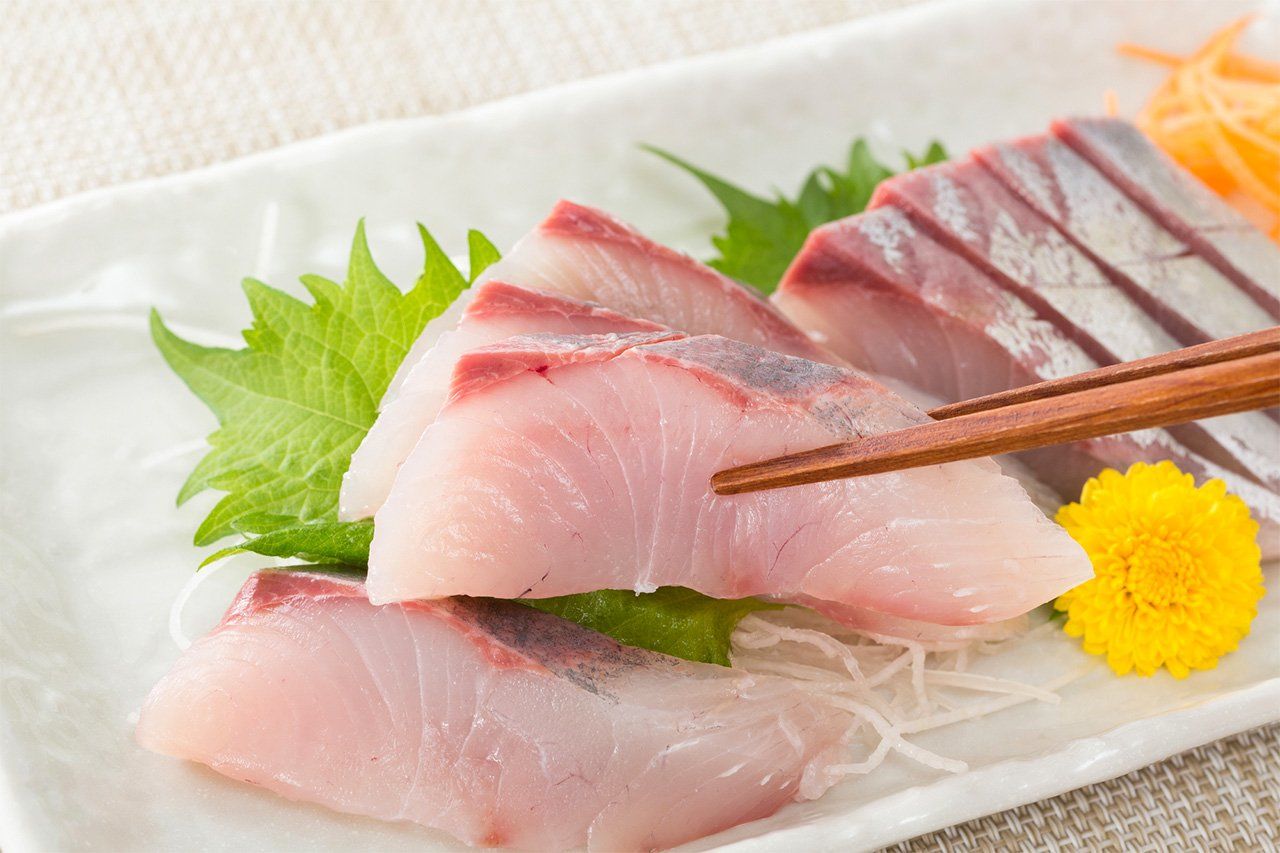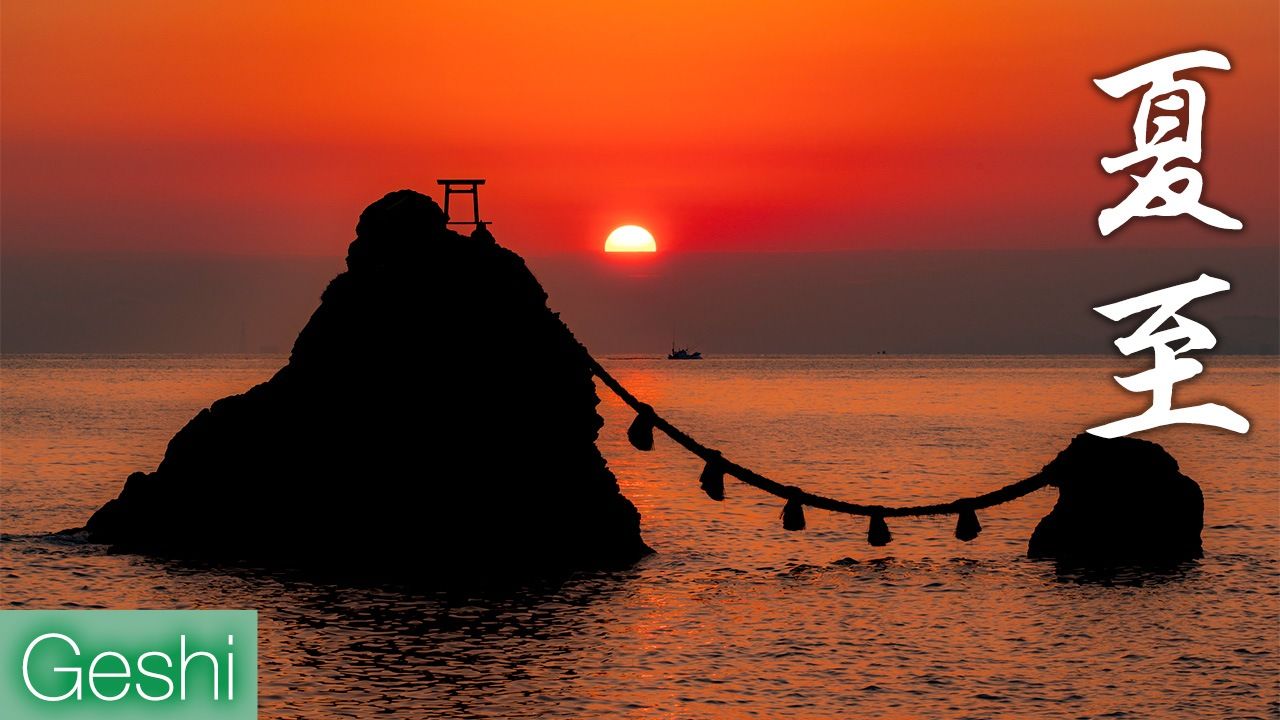
Geshi (Summer Solstice)
Culture Lifestyle History Environment- English
- 日本語
- 简体字
- 繁體字
- Français
- Español
- العربية
- Русский
Geshi, (Summer Solstice), is a key point on the ancient calendar when the day is longest and night is shortest. In Japan and the rest of the northern hemisphere, the 2023 summer solstice will occur on June 21. The sun is at its highest point in the sky, and shadows are at their shortest; in Tokyo, there are five more daylight hours than at winter solstice. The date also marks the start of summer proper.
A purification ceremony is staged at Futami Okitama Shrine in Ise, Mie Prefecture, where worshipers enter Ise Bay to bathe in the waters as the sun rises between a pair of “married rocks” (meoto iwa) just off the shore.
This article will look at events and natural phenomena in the period roughly from June 21 to July 6.
Candle Night
“A Million People Candle Night” is a movement that began in Tokyo on the summer solstice in 2003. It advocates taking it easy for two hours on summer and winter solstice. From eight until ten in the evening, people turn out their lights and electricity, then enjoy “slow activities.” In addition to individual participants, the event now has support from companies and associations, and even the lights of Tokyo Tower are extinguished.
Zōjōji, a temple in Shiba, Tokyo, lights 1,690 candles in 17 colors for the event, a reference to the 169 targets and 17 main goals within the Sustainable Development Goals.
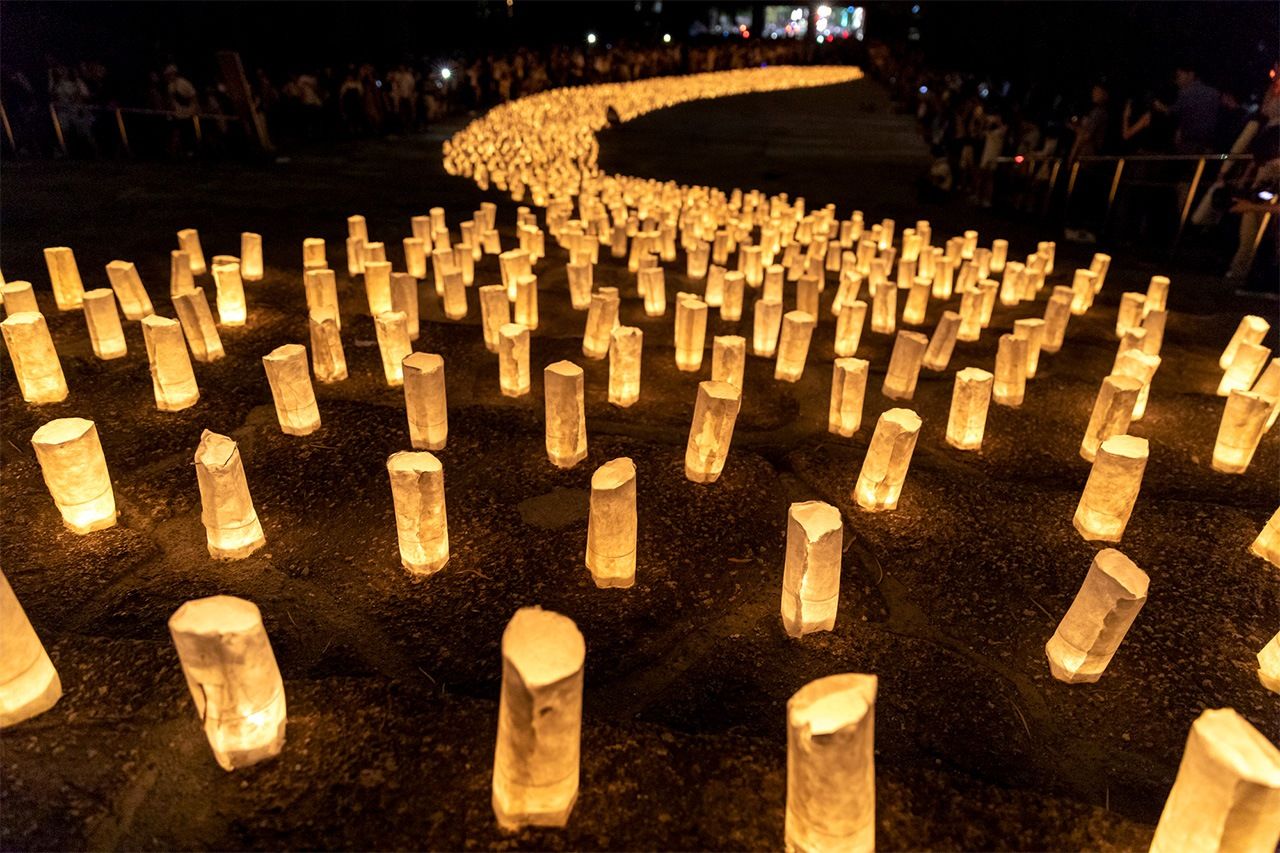
Candle Night at Zōjōji in Shiba, Tokyo. (© Pixta)
Hangeshō
The hangeshō period, traditionally starting from the eleventh day after the summer solstice, refers to the five days leading up to the Tanabata festival on July 7. It is usually the height of the rainy season, and considered an unlucky time. Farmers aim to finish rice-planting before hangeshō.
The hangeshō or Asian lizard’s tail (Saururus chinensis) flower grows at this time of year. The name sounds like “half made-up,” and its leaves turn white, as if painted with make-up. After the flowering season, the white on the leaves turns green.
Cherries
Sometimes called “red jewels,” cherries belong to the rose family, and are related to strawberries, loquats, and ume or Japanese plums. They are in season from June to July. Cultivation of cherries in Japan is said to date back to 1868, when a German planted six trees in Hokkaidō. Today, Yamagata Prefecture grows around 70% of all cherries produced in the country. Satō Nishiki, a breed of cherry developed by Satō Eisuke of Higashine in Yamagata is particularly popular, thanks to its balanced sweet and sour taste.
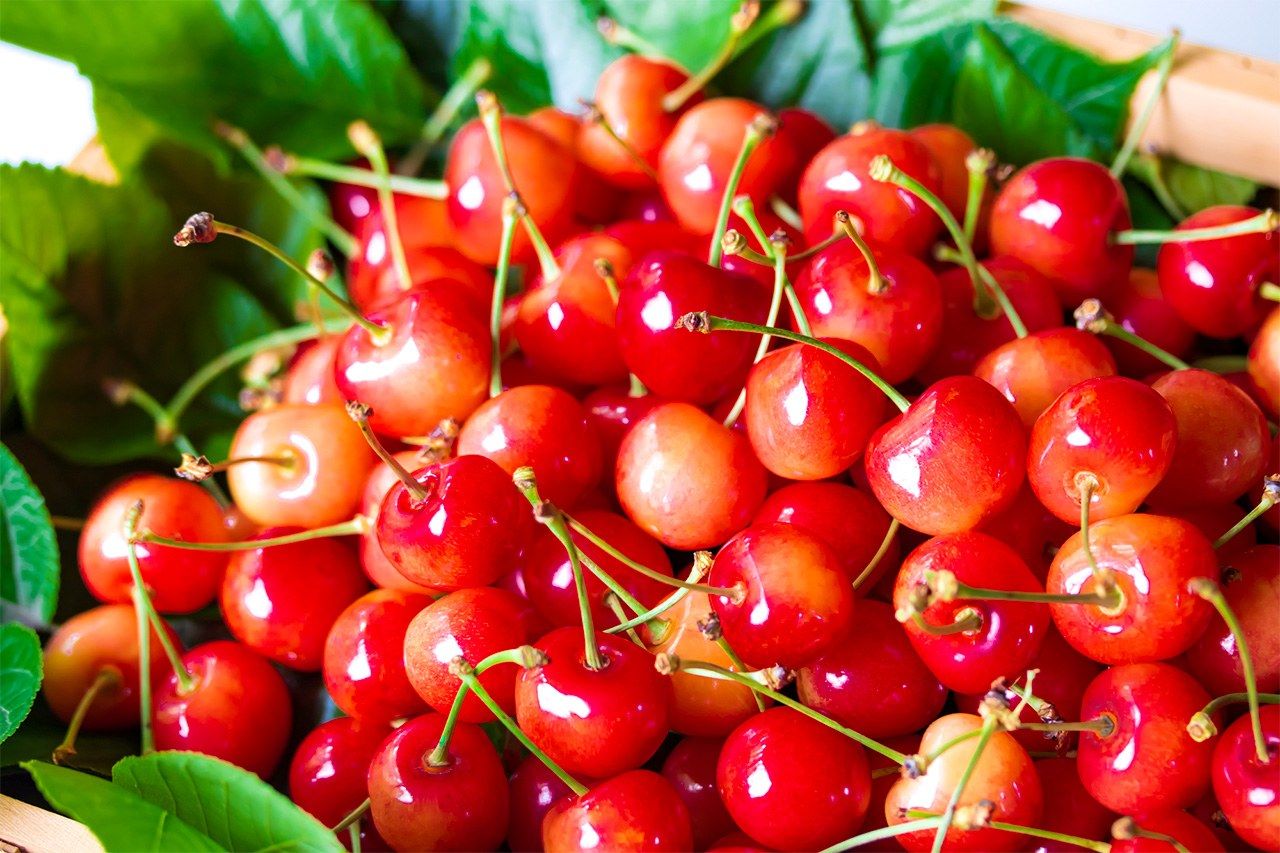
Satō Nishiki cherries. (© Pixta)
Okinawa Memorial Day (June 23)
This is a day to mourn the 200,000 people who lost their lives in the Battle of Okinawa, toward the end of World War II. It marks the last day of the official battle. Each year, a memorial service is held at Peace Memorial Park in Itoman, Okinawa Prefecture. The park’s Cornerstone of Peace records the names of all who died in the battle, regardless of nationality. It has been declared a prefectural holiday, dedicated to consoling the dead and praying for peace.

A man prays before the Cornerstone of Peace at Peace Memorial Park in Itoman, Okinawa, on June 23, 2020. (© Jiji)
Nagoshi no Harae (June 30)
Every year at the end of June and December, a purification ritual is conducted for people who have unknowingly committed sin or impurity. The ritual held in summer is called Nagoshi no Harae. Many shrines erect a large ring, known as a chinowa, woven from thatch or other plants. Worshipers pass through the ring, praying for purification and protection from illness and calamity.
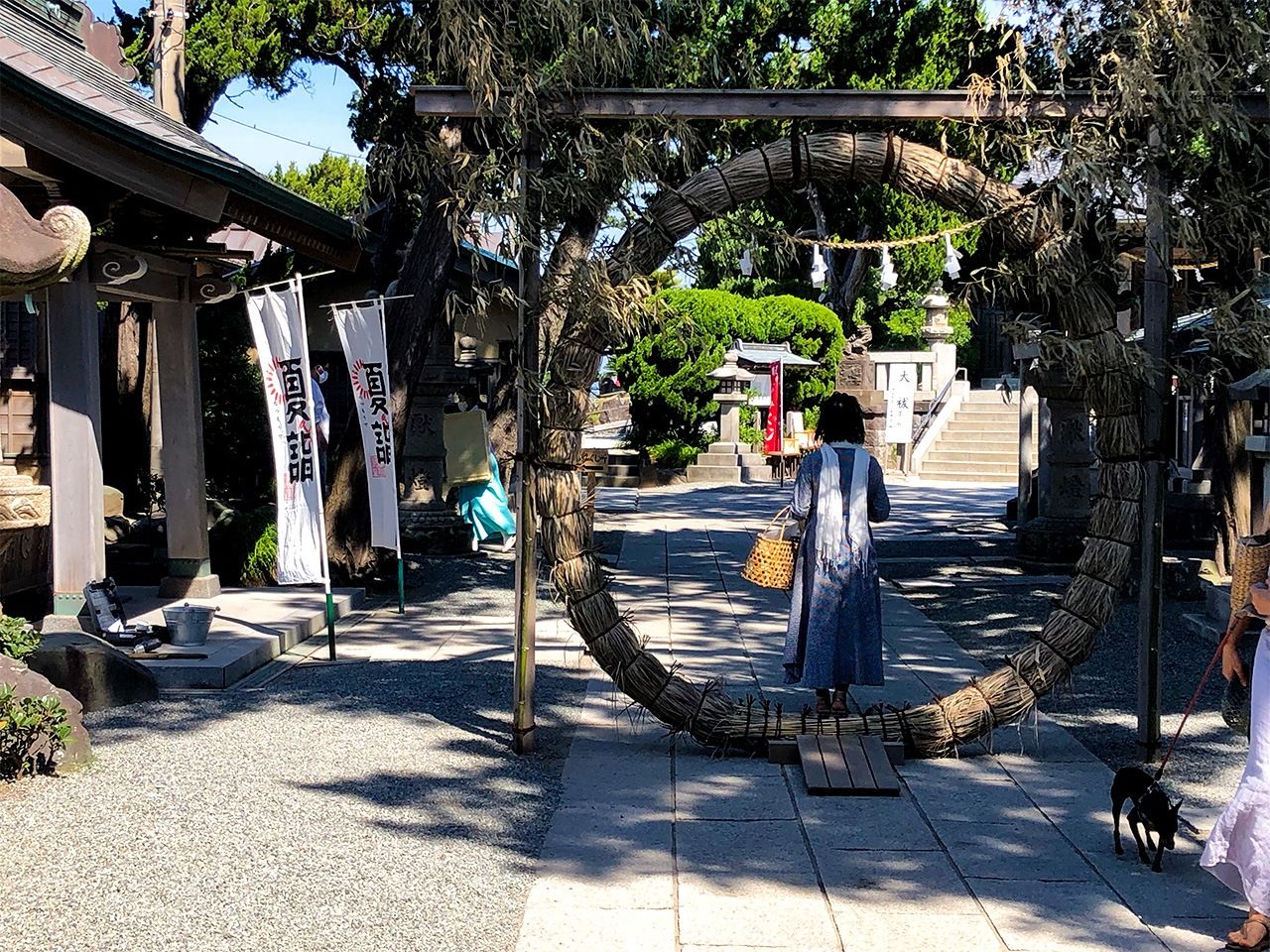
Passing through a chinowa at Morito Shrine in Hayama, Kanagawa Prefecture, on June 30.
Opening of Mount Fuji (July 1)
Mount Fuji is open to climbing from July 1 via the Yoshida Trail, which starts in Yamanashi Prefecture. Japanese people have worshiped mountains since ancient times, and entry to holy peaks was restricted. The opening of Mount Fuji stems from the tradition of allowing religious climbing for a limited period on such mountains during summer. The path beyond the fifth station of the mountain, the highest point accessible by car, is opened to climbers on this day. Mountain huts and first-aid stations also begin operations from this day.
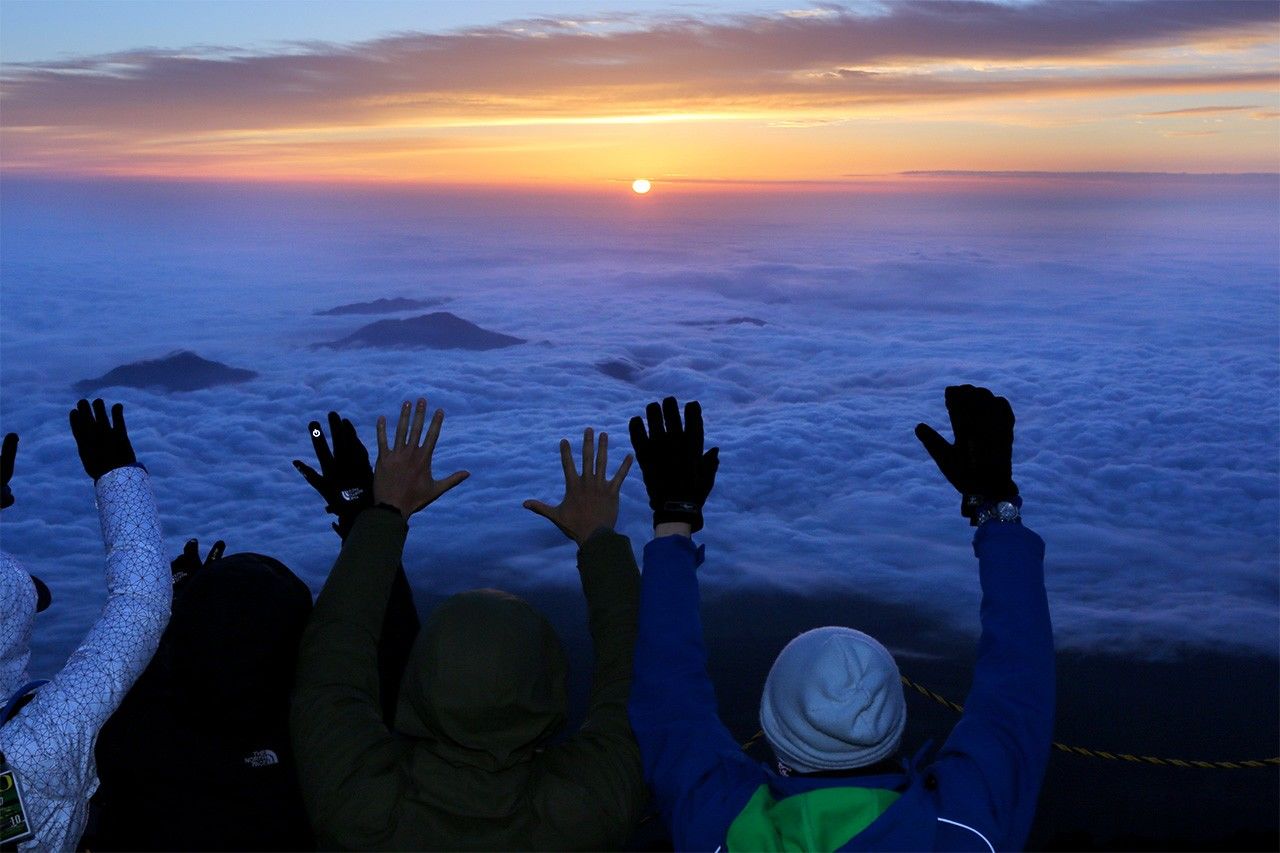
Climbers greet the rising sun from the summit of Mount Fuji on July 1. (© Jiji)
Minazuki
The sixth month in Japan’s ancient calendar was known as Minazuki, from around late June to early August. Minazuki is also the name of a Japanese sweet originating in Kyoto, consisting of uirō (a firm gelatinous confection made of rice flour or arrowroot starch) topped with azuki beans, sliced into triangles resembling ice. In the Heian period (794–1185), during this hot, humid season, the imperial court staved off the heat by eating ice that was stored in ice houses from winter. But commoners did not have access to such luxury, and are said to have enjoyed this sweet for refreshment instead. In Kyoto, minazuki is still customarily enjoyed on June 30.
Tokoroten
Tokoroten is a treat consisting of strips of agar-agar jelly (derived from red algae) and has been eaten in Japan since the Heian period. The algae tengusa is heated until it dissolves, and then chilled to form jelly. This is placed into a box with a grid bottom and a plunger is used to force the jelly through to produce long strips. Served chilled, it is easy to eat when the heat has sapped one’s appetite. The topping varies by region, but is typically a mix of vinegar, soy sauce and mirin, or brown sugar syrup.

Tentsuki utensil used to make tokoroten strips. (© Pixta)
Kanpachi
Kanpachi, or greater amberjack, is a larger cousin of buri yellowtail, growing up to 1.5 meters in length. It is a fatty, flavorsome fish, perfect for sashimi, but also served raw and seasoned on a bowl of rice (tsukedon), cooked in teriyaki sauce, boiled in soy sauce, or as carpaccio.
(Supervised by Inoue Shouei, calendar researcher and author, Shintō minister, and guest lecturer at Tōhoku Fukushi University. Banner photo: The sun rising between “married rocks” (meoto iwa) on the summer solstice. © Pixta.)
Okinawa Mount Fuji cherry memorial solar terms Geshi summer solstice chinowa
